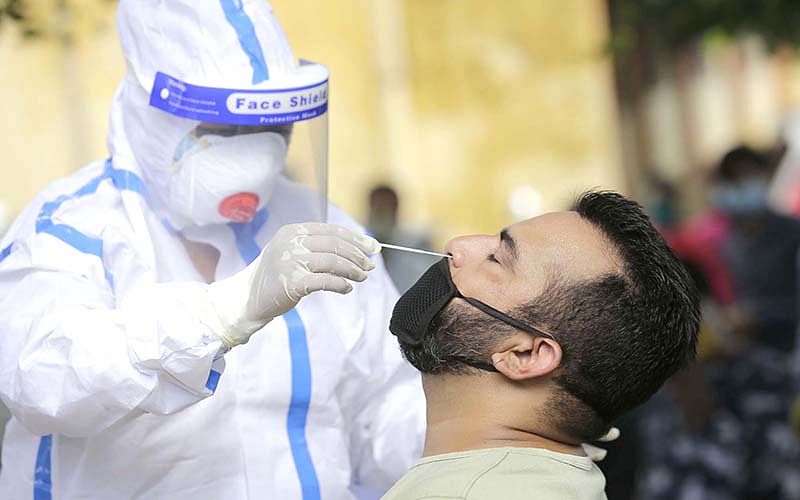Scientists have developed a method to measure aerosol concentrations and persistence in public spaces using commercial hand-held particle counters, an advance that may help determine the impacts of COVID-19 risk-reducing measures, like ventilation improvements.
According to the researchers, including those from the University of Amsterdam in the Netherlands, the key challenge with using hand-held particle counters is dealing with the background dust prevalent in public spaces.
They said it is difficult to distinguish dust particles from aerosols that arise from breathing, speaking, sneezing, and coughing.
In the current study, published in the journal Physics of Fluids, the scientists developed a way to subtract the dust signal in particle counters by measuring the dust for some time, and watching how the signal changes after aerosols are added to the mix.
“There’s a lot of fine dust, so we can’t really measure aerosols in that range, but there’s a reasonable sized range where you can detect the aerosols,” said Daniel Bonn, one of the study’s co-authors.
The researchers compared the aerosol concentration determined by this method to laboratory-based techniques and found the results match up perfectly.
Though the method does not directly measure the presence of viral particles, the scientists said the detected aerosol concentration can be combined with virus data from other studies to obtain a practical risk assessment for a specific type of public space.
The findings suggested that well-ventilated areas can have aerosol concentrations more than 100 times lower than poorly ventilated areas, such as public elevators or restrooms.
“There are people worried about going to the gym, coming to the office, taking the train. All that can at least be evaluated. The motto remains ventilation, ventilation, ventilation,” Bonn said.
According to the scientists, while ventilation plays a large role in indoor spaces, aerosols are not the only route to infection, and social distancing and hand-washing remain vital.






